Search
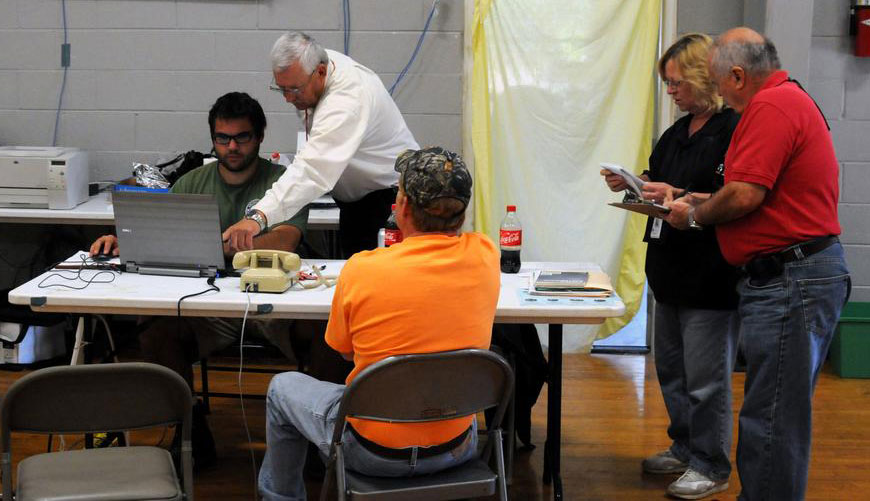
Every Disaster is Local First
If you are experiencing a disaster, it is a local disaster. Your best chance for immediate help before, during, or after a disaster is local.

Utilizing Weather-Stressed Corn in Swine Diets
The goals of this factsheet are to help pork producers better understand the nutritional value of weather-stressed corn, how to determine if it’s economical to use, the potential of mycotoxin contamination, and how changes in bulk density affect feed mixing and transportation.
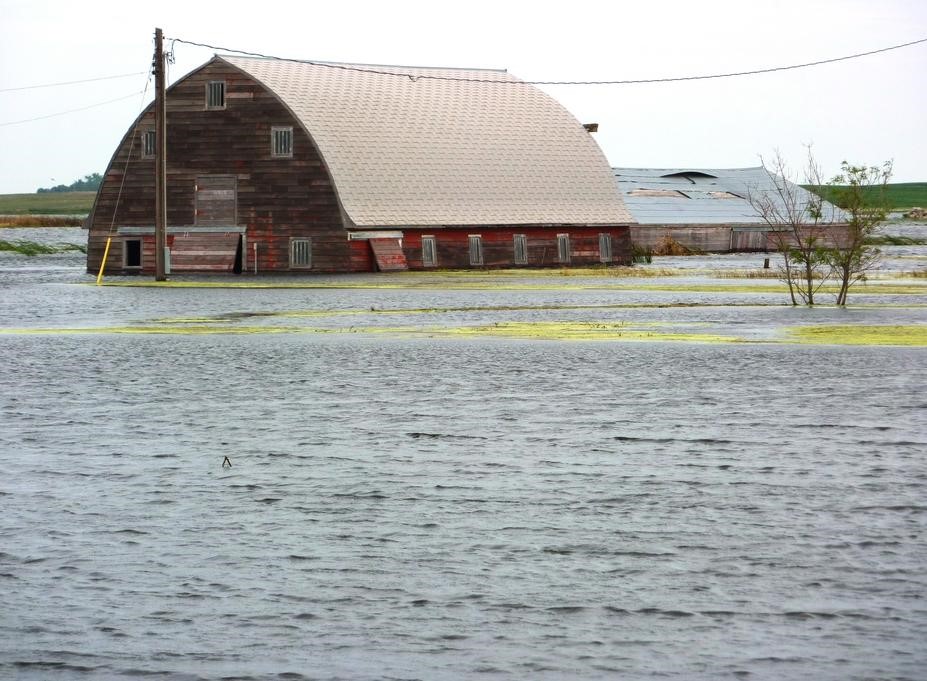
Flood
View resources to prepare for and recover from flood situations.

Bike Safety
View information about the benefits of biking and how to ride safely.

2024 4-H Camp Policies and Releases
View Policies and Releases for 2024 4-H camps and conferences.
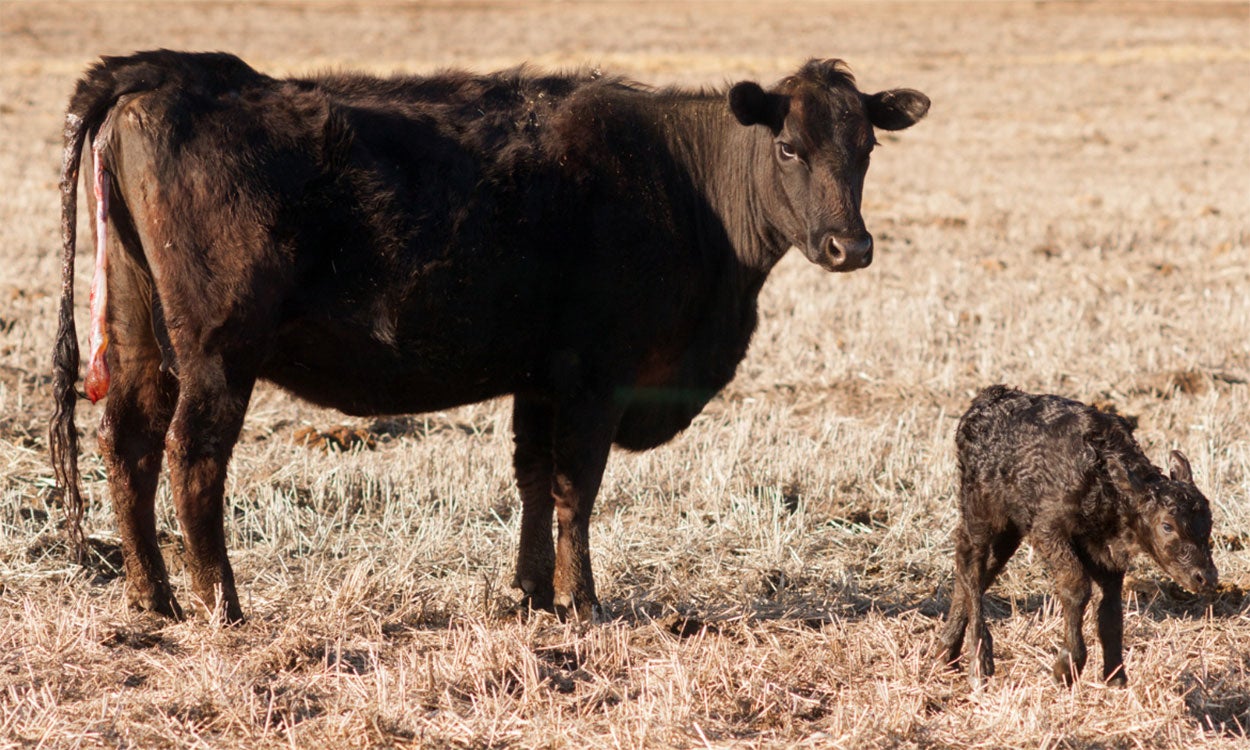
Beef: Best Management Practices for Cow-Calf Production
This comprehensive book provides producers with insight and education into the latest beef management, handling practices and technology.
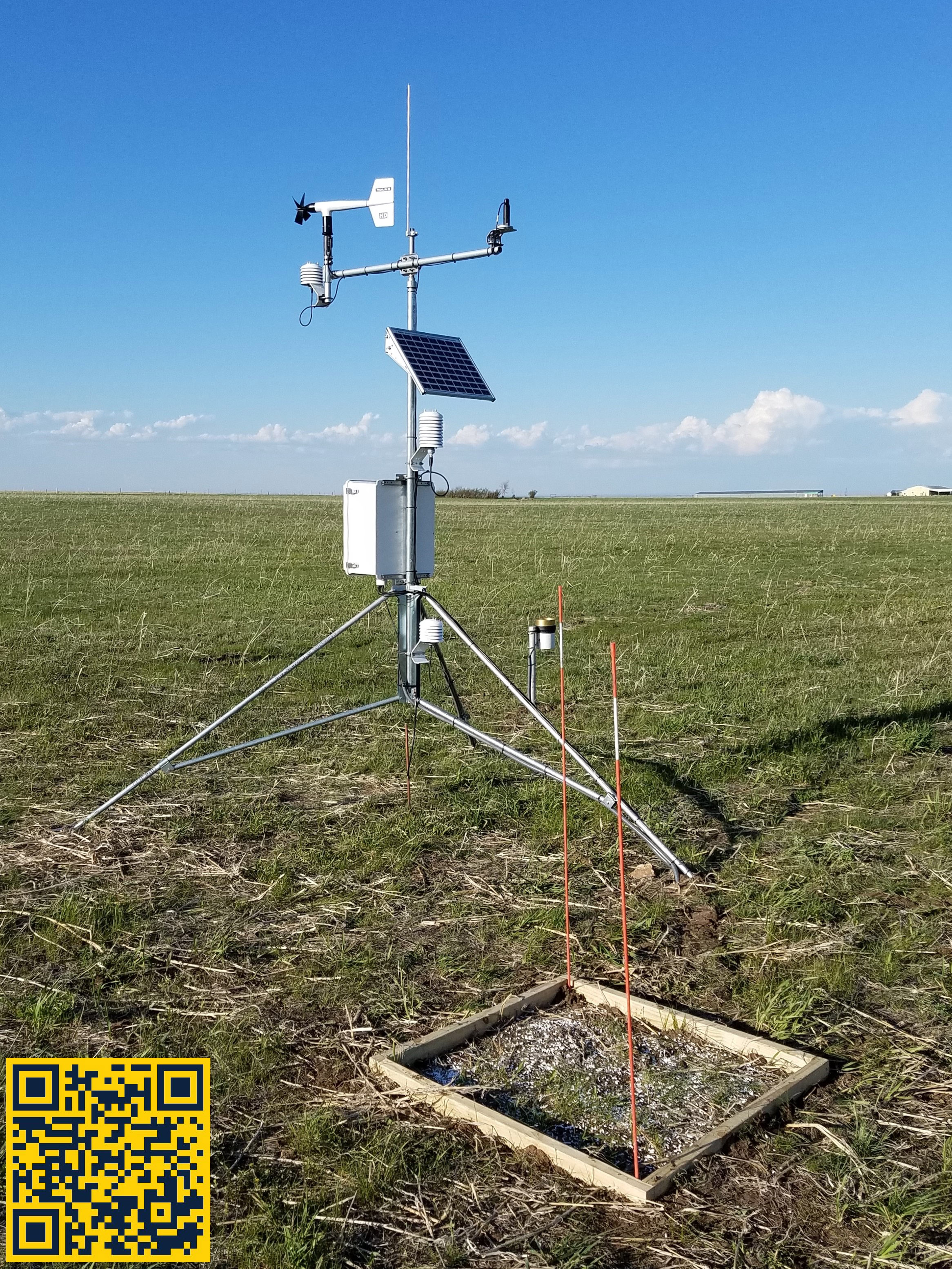
Climate and Weather
View resources to predict, prepare and recover from weather-related events year-round, including the latest drought and flood information.

Family Food Cent$ newsletters
The Family Food Cent$ Newsletter is published by the SDSU Extension Expanded Food & Nutrition Education Program (EFNEP) and Supplemental Nutrition Assistance Program Education (SNAP-Ed) through a partnership with the South Dakota Department of Social Services.
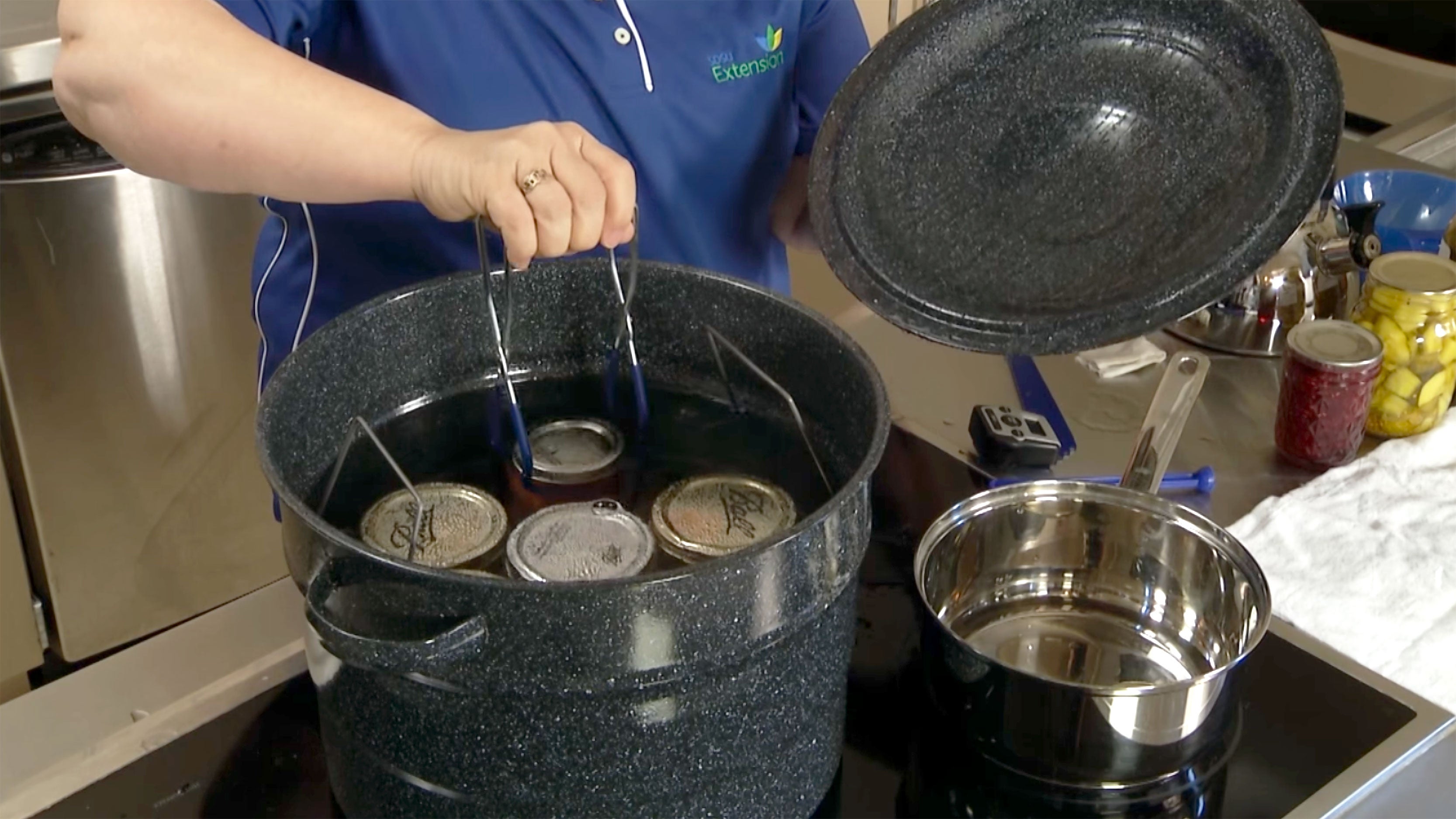
A Guide To Water Bath Canning
Water bath canners have fitted lids and removable wire racks. While they come in many sizes, the canner must be deep enough to allow a minimum of 1-2 inches of briskly boiling water that covers the top of jars during processing.